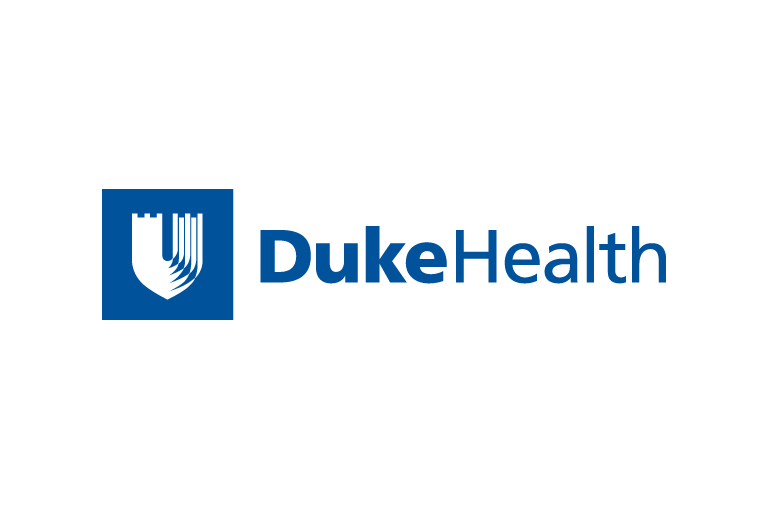Lessons About Drugs, Nerve Gas Teach Students Biology and Chemistry More Effectively
 From the corporate.dukehealth.org archives. Content may be out of date.
From the corporate.dukehealth.org archives. Content may be out of date.
DURHAM, N.C.-- By developing lessons about cocaine,
amphetamines, drug testing and nerve gas, a pharmacology
professor and a chemistry teacher have discovered that they can
grab the attention of high school students to more effectively
teach them biology and chemistry.
In fact, they found in a nationwide test of their more
relevant approach, students taught using the lessons scored far
higher gains in their understanding of biology and chemistry
than is common in even the most successful curriculum
experiments.
The developers of the new curriculum -- called the Pharmacology Education
Partnership (PEP) -- are Rochelle Schwartz-Bloom, a
professor of pharmacology and cancer biology at Duke University
Medical Center, and Myra Halpin, a chemistry teacher at the
North Carolina School of Science and Mathematics.
They published the results of a comparative analysis of
their approach with the usual teaching methods in an article in
the November 2003 Journal of Research in Science Teaching.
Development of the PEP curriculum was supported by the science
education program at the National Institute on Drug Abuse of
the National Institutes of Health.
"We believe that our findings show dramatically that science
instruction using a context inherently interesting to students
-- such as how drugs affect their body -- can constitute a much
more effective way to teach science," said Schwartz-Bloom. "We
hope that these findings will not only encourage broader
adoption of our curriculum modules, but will inspire educators
to think about ways to make science more relevant to students
in developing their coursework."
Said Halpin, "One thing that has not changed in my more than
thirty years of teaching is that the hardest part of teaching
is getting and keeping students' attention. I find that
teaching chemistry in the context of relevant topics such as
nerve gas and drugs motivates students to learn. Not just learn
for the test but to understand the concepts and how those
concepts apply to their bodies."
In the PEP project, which began six years ago,
Schwartz-Bloom and Halpin first developed four curriculum
modules to teach high school biology and chemistry in the
context of pharmacological topics. The modules have the
evocative names "Acids, bases and cocaine addicts," "Drug
testing: a hair-brained idea!" "How do drugs damage neurons?
It's radical!" and "Military pharmacology: It takes nerves."
Each of the modules included learning objectives, student
handouts, a teacher guide, a glossary, supplemental student
activities and a resource list.
To determine how effective the modules would be with
students, Schwartz-Bloom and Halpin recruited 50 biology and
chemistry teachers from throughout the U.S. to train in using
the modules. In the first year of training, half of this group
took a weeklong training course in the modules at Duke one
summer; and half became a "wait-listed" control group, whose
training was delayed a year. At the end of the following school
year, Schwartz-Bloom and Halpin asked both sets of teachers to
give their students a standardized test of knowledge of biology
and chemistry.
Said Schwartz-Bloom, "So, the key to the study was that we
tested the students of all fifty teachers the first year -- the
twenty-five teachers who got the materials and the training,
plus the twenty-five teachers who were just the wait-listed
control group. They taught the way they normally teach."
Furthermore, during the second year, the control-group
teachers went through the training, and their new students were
subsequently tested -- yielding a comparison of the same
teachers' effectiveness before and after training on the
modules. Overall, more than 4,000 students were tested in the
study.
"We got a great 'dose-response effect,' which is what we
always look for as pharmacologists," said Schwartz-Bloom of
their findings. "The more modules the students used, the better
they performed in biology and chemistry. And the biggest
surprise for me was, when I looked at the educational research
literature, we outscored all the other programs, in terms of
the magnitude of changes. We were far above the level of what
is considered an excellent result, in terms of the effect of
our program," she said.
"We believe these results are particularly significant,
because the teachers used these modules under real-world
conditions, and we used a very rigorous experimental design and
statistical analysis to determine their effectiveness," said
Schwartz-Bloom. "Thus, we are confident that this approach does
yield significant advantages over the usual methods of teaching
biology and chemistry to high school students."
Since the initial study, Schwartz-Bloom and Halpin have
continued the project, adding two more modules: "Why do plants
make drugs for humans?" and "Steroids and athletes: Genes work
overtime." They are also exploring the effects of more
concentrated workshops at science teachers' association
meetings and of distance-learning technology to train the
teachers.
Recently, they have developed an interactive web site to
enable online access to the modules, and automated
data-gathering of teacher and student use of the modules. In
this second phase, they are expanding their project to test the
modules on 20,000 students.
